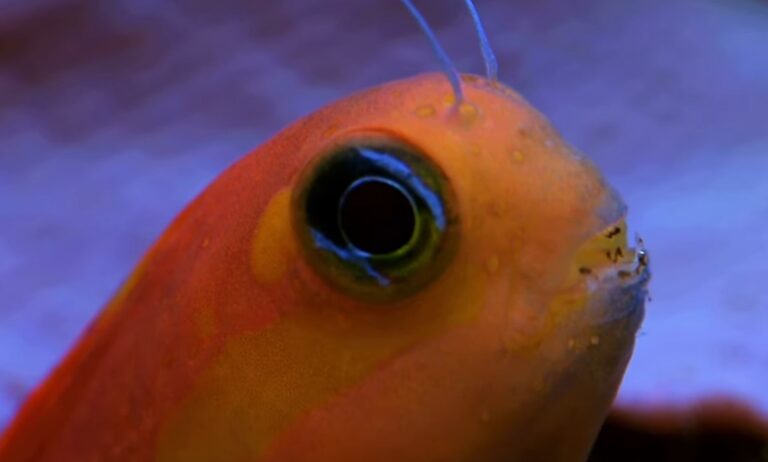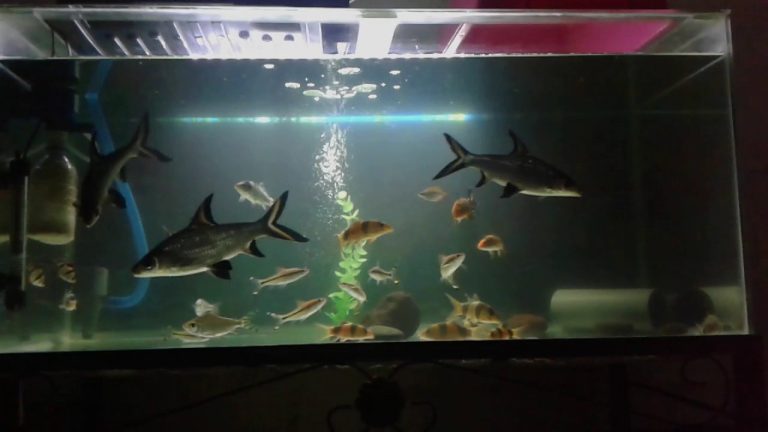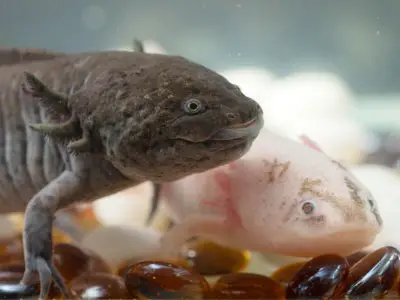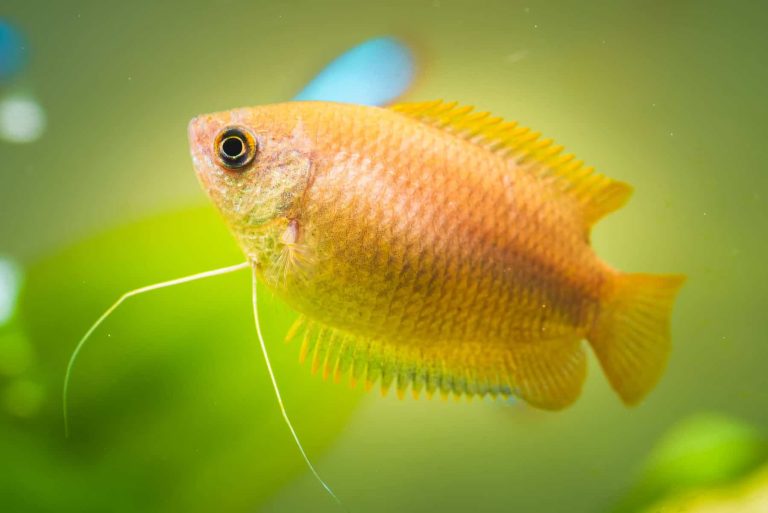Tiny Angelfish
Tiny Angelfish: Exploring the Marvels of the Underwater World
Angelfish are undoubtedly one of the most captivating creatures found in the depths of the ocean. With their vibrant colors and elegant presence, they have become a beloved choice for aquarium enthusiasts around the world. Among the various types of angelfish, the tiny angelfish holds a special place. In this article, we will delve into the fascinating world of tiny angelfish, their characteristics, care requirements, and much more. So, let’s dive in!
What Are Tiny Angelfish?
Tiny angelfish, also known as dwarf angelfish, are a smaller subspecies of angelfish. They are part of the family Pomacanthidae, which comprises over 85 species of marine angelfish. Tiny angelfish are prized for their vibrant colors, intricate patterns, and unique personalities. They are smaller in size compared to their larger angelfish counterparts, making them suitable for smaller aquariums.
The Fascinating World of Tiny Angelfish
1. Characteristics of Tiny Angelfish
Tiny angelfish come in a wide range of colors and patterns. Some species display a blend of vibrant hues like orange, yellow, and blue, while others feature intricate, eye-catching patterns. They typically have a compressed body shape with elongated dorsal and anal fins. One distinct feature of tiny angelfish is their brightly colored, disc-shaped caudal fin, which adds to their unique beauty.
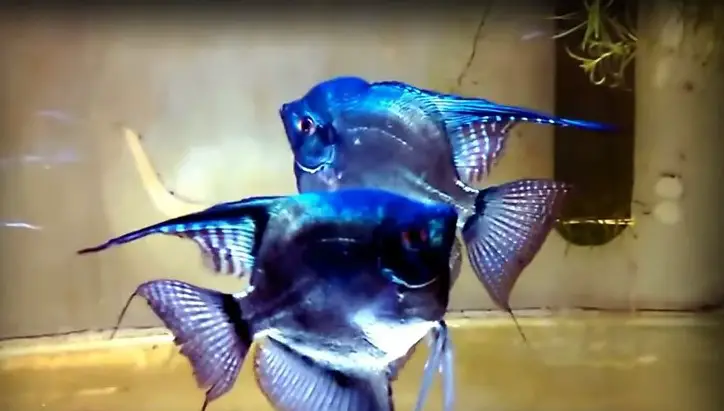
2. Breeds and Species of Tiny Angelfish
The world of tiny angelfish boasts an array of breeds and species, each with its own set of characteristics and requirements. Some popular species include the Flame Angelfish (Centropyge loricula), Coral Beauty Angelfish (Centropyge bispinosa), and Cherub Angelfish (Centropyge argi). Each species varies in size, temperament, and care needs, so it’s essential to research and select the right species for your aquarium.
3. Caring for Tiny Angelfish
When it comes to caring for tiny angelfish, providing them with a suitable habitat is crucial. They thrive in aquariums with live rock, which mimics their natural coral reef environment. Maintaining a stable water temperature between 72-78°F (22-26°C) and a pH level of 8.1-8.4 is essential for their well-being. Tiny angelfish are omnivorous, so their diet should consist of a balanced mix of high-quality flakes, pellets, and fresh or frozen food such as brine shrimp, bloodworms, and chopped seafood.
4. Compatibility with Other Fish
Tiny angelfish can coexist with a variety of other fish species, provided they are chosen carefully. They generally get along well with peaceful community fish, excluding aggressive or predatory species. However, it’s important to note that angelfish can show territorial behavior towards each other, especially when kept in small spaces. Adding plenty of hiding spots and creating territories within the aquarium can help minimize aggression.
5. Breeding Tiny Angelfish
Breeding tiny angelfish in an aquarium setting is a challenging yet rewarding endeavor. The process involves creating optimal conditions, such as specific water parameters, appropriate diet, and breeding pairs. Some species of angelfish display unique courtship behaviors, including color changes and intricate dances, before spawning. If successful, tiny angelfish eggs hatch within a few days, and the fry require specialized care and feeding until they reach maturity.
Frequently Asked Questions
1. How big do tiny angelfish grow?
Tiny angelfish usually grow to a size of 2-4 inches, depending on the species. It’s essential to consider their growth potential when selecting an aquarium and tank mates.
2. Can tiny angelfish be kept in a small aquarium?
While tiny angelfish require less space than their larger counterparts, they still require a minimum aquarium size of 30 gallons to thrive. This provides them with enough swimming space and allows for the growth of beneficial bacteria.
3. Are tiny angelfish suitable for beginners?
Tiny angelfish can be suitable for beginners; however, they require some experience in maintaining a stable marine aquarium environment. It’s important to research their specific care requirements, including water parameters, diet, and compatible tank mates.
Final Thoughts
Tiny angelfish offer a captivating glimpse into the wonders of the underwater world. Their vibrant colors, intricate patterns, and unique behaviors make them a delightful addition to any aquarium. By understanding their characteristics, care requirements, and compatibility guidelines, you can create a thriving miniature marine paradise that showcases the beauty of tiny angelfish. So go ahead, dive into the world of tiny angelfish, and unlock the secrets of these mesmerizing creatures!

